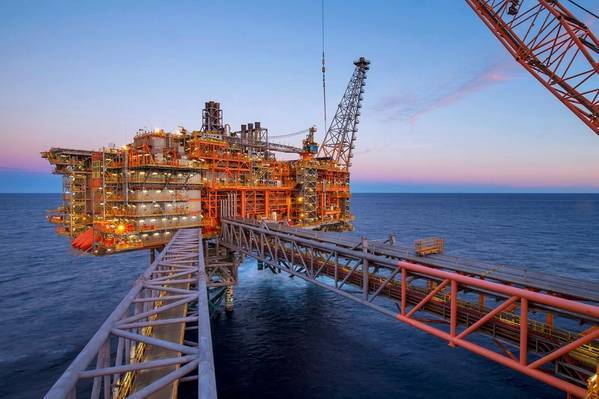
Woodside-operated North West Shelf (NWS) LNG project in Australia could have up to 7 million tonnes per annum (mmpta) of spare capacity available by 2027. This equates to 40% of the project’s nominal capacity, energy intelligence firm Wood Mackenzie said in a report this week.
The North West Shelf (NWS) project supplies oil and gas to Australian and international markets from offshore gas, oil and condensate fields in the Carnarvon Basin, off the north-west coast of Australia.
It is the largest producer of domestic gas for Western Australia and is split equally between six firms, Woodside (operator), BHP, BP, Chevron, MIMI, Shell, each holding 16,67%.
"The five-train NWS facility has been producing LNG since 1989. Next year production capacity becomes available for the first time," Wood Mackenzie said.
Wood Mackenzie senior analyst Daniel Toleman said: “Decisions on how to fill this gap need to be made now, not only because time is running out, but also because the joint venture is breaking-up. Chevron is running a process to sell out of the NWS, and we see other majors likely to follow.”
“We see two windows of opportunity for backfill: one for smaller projects with short lead times, and the second for larger-scale resources that can extend the life of the NWS through to 2050.”
Chevron in June said it had made a decision to market its 1/6th interest in the project, after a several unsolicited approaches. The company said it won't sell unless it can realize fair value for its interest.
Woodmac said good progress has been made on near-term backfill small-scale projects.
"We believe the Pluto and Waitsia projects will add incremental supply into the NWS from 2022. However, these projects are only short-term solutions," the company said.
In the longer term, Woodmac says, large-scale developments are needed.
"The Scarborough and Browse developments, both operated by Woodside, are the most likely backfill options due to their size. Other possible candidates, such as Clio-Acme, or excess gas from Greater Gorgon field development, now look unlikely," the company said.
However, Woodmac points out, neither the Scarborough nor Browse developments are straight-forward to deliver.
Woodmac says that Scarborough is currently slated to supply a new second train at the Pluto plant, while Browse is a remote, complex, carbon-intensive, and high-capex greenfield mega-project.
"As such, [Browse] faces a myriad of challenges in current market conditions," Woodmac says
Toleman said: “Challenges aside, there are compelling reasons for keeping NWS full. Once third-party gas flows through the plant, partners will receive a tariff for liquefaction. The government will receive additional tax revenue, the Dampier to Bunbury pipeline operator receives more revenue and there will be more domestic gas supply for the local market.”
“Upstream participants can also monetize undeveloped resources and gain access to potentially higher LNG prices on a low capital outlay.”



